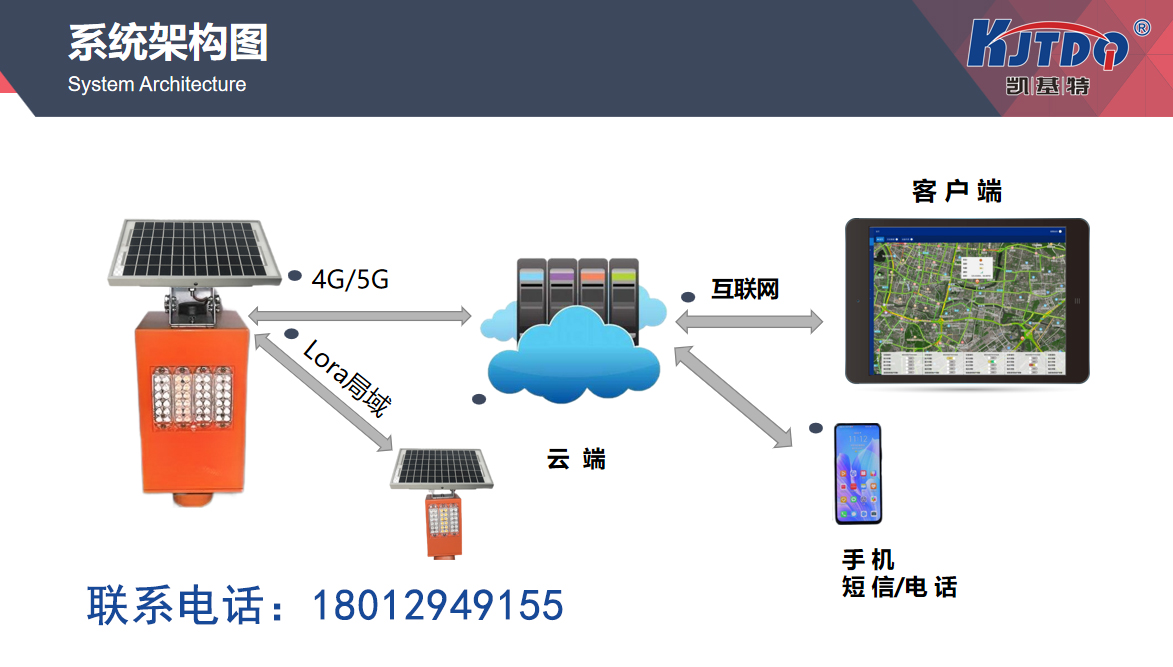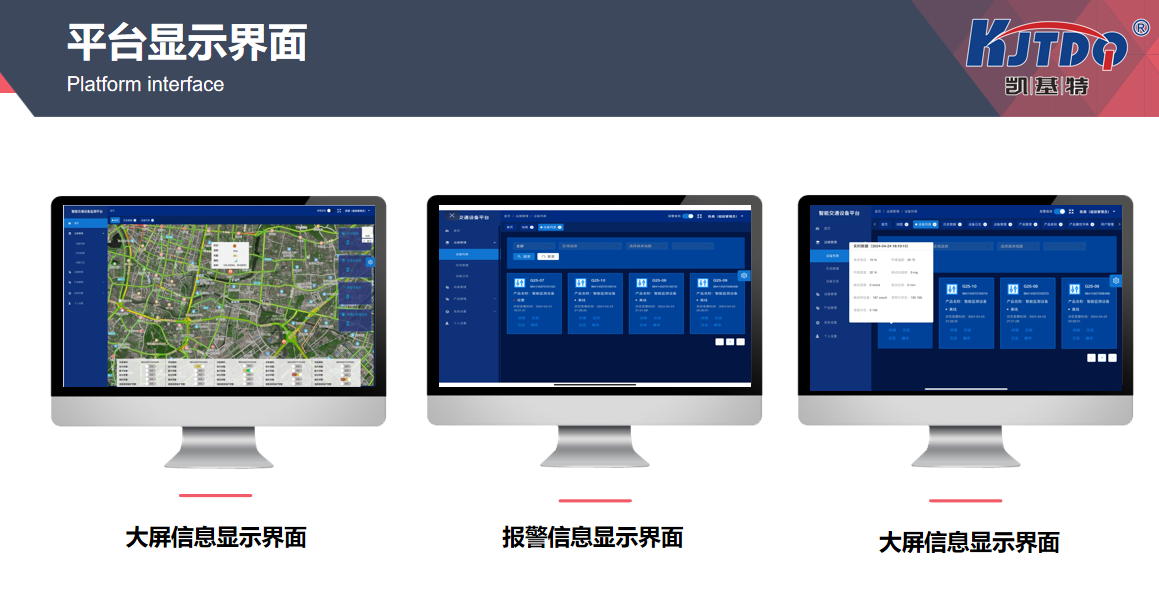In this rapidly changing era, the power of technology is reshaping our lives at an unprecedented speed, and the rise of intelligent transportation warning systems is undoubtedly a beautiful scenery in this transformation. It not only represents a leap in traffic management, but also a profound commitment to future travel safety and efficiency. Today, let's step into the world of intelligent traffic warning and explore how it acts like an invisible guardian, silently guarding the safety and smoothness of our every journey.

Opening statement: Intelligent traffic warning weaves a safe travel network
Imagine a busy city street with a constant stream of vehicles and hurried pedestrians. Behind all of this seemingly disorderly situation, a highly intelligent system is quietly working, like an invisible network covering every corner of the city, monitoring road conditions, predicting risks, and issuing warnings in real time - this is the charm of intelligent transportation warning systems. It is not just a pile of technical terms, but also a perfect crystallization of human intelligence and technological progress. It aims to discover and solve potential transportation problems in advance through cutting-edge technologies such as big data, artificial intelligence, and the Internet of Things, making our travel more secure and efficient.
In depth analysis: How technology empowers traffic warning
The core of an intelligent transportation warning system lies in its powerful data processing and analysis capabilities. It is like an tireless detective, constantly collecting various information from the road surface 24 hours a day, including vehicle speed, traffic flow, pedestrian trajectories, weather conditions, etc. After being processed by complex algorithm models, these data can quickly identify potential traffic hazards such as congestion, accident risks, extreme weather impacts, etc., and immediately release warning information to relevant departments and the public.
Even more astonishing is that with the deepening application of AI technology, intelligent traffic warning systems can also achieve self-learning and optimization. It can continuously adjust the prediction model based on historical data and real-time conditions, improving the accuracy and timeliness of early warning. This "smarter with more use" characteristic makes it more adept at dealing with complex and ever-changing traffic environments.
Practical case: The power of intelligent transportation warning
Let's take a look at a few real cases. In a sudden rainstorm, the intelligent transportation early warning system detected the waterlogged road section in advance and immediately released the early warning information to the public through various channels, effectively avoiding the occurrence of multiple vehicle wading accidents. For example, during peak periods of highway congestion during holidays, the system analyzes historical traffic flow data, predicts and publishes congestion prone sections and detour suggestions in advance, greatly alleviating traffic pressure and improving travel efficiency.
Future prospects: infinite possibilities of intelligent transportation warning
Looking ahead to the future, the application prospects of intelligent transportation warning systems will be even broader. With the popularization of vehicle networking technology, information exchange between vehicles and roads, as well as between vehicles, will become more frequent and efficient. This will provide more abundant data sources for intelligent traffic warning systems, further enhancing their predictive capabilities. At the same time, with the continuous development of automatic driving technology, the intelligent traffic early warning system will become an indispensable "eye" and "brain" of autonomous vehicle, provide more accurate and timely decision support for vehicles, and promote the automatic driving technology to mature faster.

Conclusion: Intelligent transportation warning makes travel better
In summary, the intelligent transportation warning system is a great gift that modern technology offers for traffic safety and efficiency. It not only improves the safety of road use, but also greatly optimizes the travel experience, making every trip more reassuring and smooth. In this era of rapid technological advancement, we have reason to believe that with the continuous progress and improvement of intelligent transportation warning technology, future travel will become even better. Let's join hands and embrace this new era full of wisdom and convenience!
1. What technologies does the intelligent transportation warning system mainly rely on?
The intelligent transportation warning system mainly relies on cutting-edge technologies such as big data, artificial intelligence, and the Internet of Things. Big data technology is used to collect and process massive traffic information, while artificial intelligence analyzes and predicts this data through complex algorithm models. Internet of Things technology enables information interconnection between traffic elements such as vehicles, roads, and pedestrians.
2. How can intelligent traffic warning systems detect potential traffic problems in advance?
The intelligent transportation warning system monitors various information such as road conditions, vehicle speed, traffic flow, pedestrian trajectories, and weather conditions in real-time, and uses advanced algorithm models to conduct in-depth analysis of these data, in order to identify potential traffic problems in advance, such as congestion, accident risks, and extreme weather impacts. These predicted results will be promptly disseminated to the public and relevant departments through various channels for warning information.
3. How can intelligent traffic warning systems help alleviate traffic congestion?
The intelligent transportation warning system predicts congested road sections and time periods, releases warning information to the public in advance, and provides detour suggestions to guide drivers to avoid congested road sections, effectively alleviating traffic pressure. In addition, the system can also be linked with the traffic signal control system to intelligently adjust the signal timing, optimize traffic flow, and further alleviate congestion.